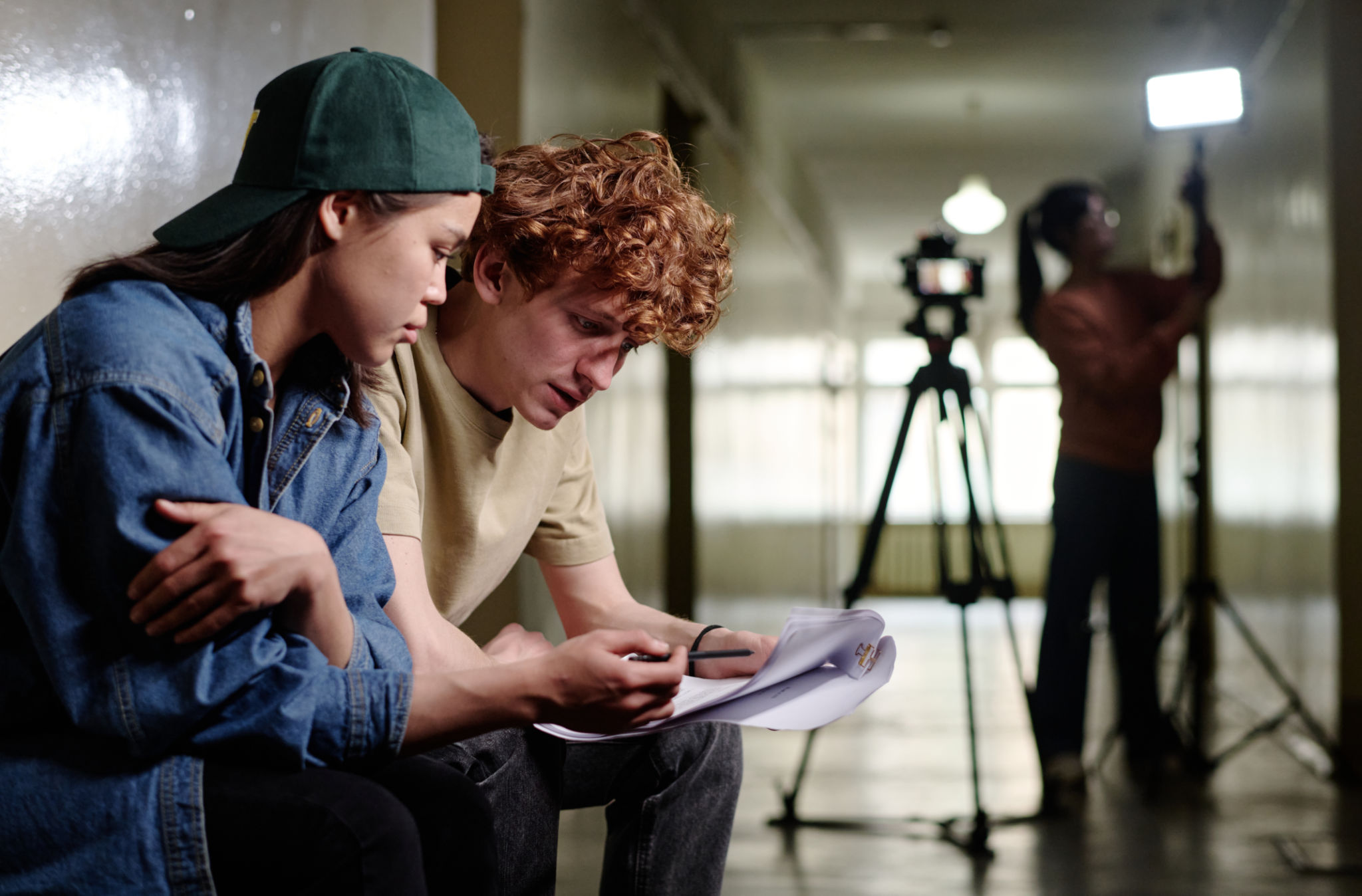From Recollection to Screen: The Making of 'Children of a Hope'
The Genesis of a Story
The journey from recollection to screen for the movie 'Children of a Hope' began as a deeply personal narrative. The creators, inspired by real-life events, aimed to weave a tale that resonates with universal themes of resilience and hope. The process started with the intricate task of transforming raw memories into a cohesive storyline that could engage and move audiences.
Drawing inspiration from true stories adds an authentic layer to any film. In the case of 'Children of a Hope', the filmmakers sought to capture the essence of their experiences while granting themselves the creative liberty to craft compelling characters and plotlines. This delicate balance between fact and fiction is what gives the film its unique voice.

Crafting a Compelling Screenplay
Screenwriting is where the magic begins to take shape. The writers of 'Children of a Hope' faced the challenge of condensing complex emotions and life events into a script that not only tells a story but also evokes empathy. By focusing on character development and emotional arcs, they created a screenplay that captures both the struggles and triumphs of its characters.
The screenplay underwent numerous revisions. Each draft brought new insights, highlighting the importance of feedback and collaboration in the creative process. Writers worked closely with directors and producers to ensure that every scene served a purpose, advancing the plot while staying true to the film's core message.

Visualizing the Story
Once the screenplay was finalized, the next step was to visualize it. Directors and cinematographers played a crucial role in bringing 'Children of a Hope' to life. Their task was to translate words on a page into captivating visuals that align with the film's tone and style. This involved meticulous planning and creative brainstorming sessions.
The choice of locations, set designs, and costumes were all carefully considered to enhance authenticity. Every detail was scrutinized to ensure that it contributed to the overall narrative, immersing audiences in the world that the filmmakers envisioned.
Assembling the Cast
Choosing the right actors was pivotal for 'Children of a Hope'. The casting process aimed to find individuals who could embody the characters' complexities and convey their journeys convincingly. Auditions were held with great attention to matching actors not just with their roles but with each other, ensuring on-screen chemistry.

The Filming Process
With the cast in place, filming commenced. This phase was both exhilarating and challenging, requiring coordination and perseverance from everyone involved. Directors worked tirelessly with actors, guiding them through scenes to capture genuine moments of emotion and storytelling. The crew faced logistical hurdles but remained committed to maintaining the integrity of the vision.
On set, creativity blossomed as actors brought their characters to life, often offering spontaneous insights that enriched their performances. This collaborative spirit was essential in creating a dynamic and authentic portrayal of the story.

The Final Touches
Post-production marked the final stage in transforming 'Children of a Hope' from recollection to screen. Editors meticulously pieced together footage, ensuring that pacing and continuity captured the intended narrative flow. Sound design, music scoring, and special effects were layered in to enhance emotional depth and audience engagement.
The filmmakers' dedication during post-production was evident in their attention to detail, striving for perfection to deliver a film that resonates on multiple levels. The result is a cinematic experience that not only entertains but also inspires reflection on resilience and hope.
From its inception as a heartfelt recollection to its realization on screen, 'Children of a Hope' exemplifies the power of storytelling. It demonstrates how personal narratives can transcend individual experiences, offering universal messages that connect with audiences worldwide.